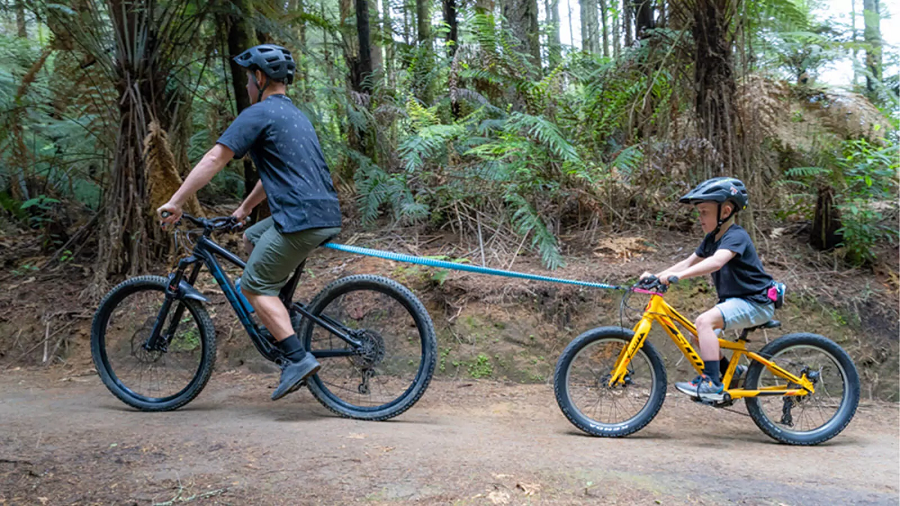
A towing service like towing service Pak nam (รถยก ปากน้ำ which is the term in Thai) can use a tow rope for towing. The prerequisite: the tow rope must be taut during the entire journey. This is only possible if the greatest possible distance between the two vehicles is maintained. That is usually between four and five meters, depending on how long the rope is in total. In this way, the driver of the breakdown vehicle can ensure that the tow rope remains taut during the entire journey and that no rear-end collision occurs. Then starting can also be essentially smooth.
You also need to make sure that the handlebars and brakes are working well on the breakdown vehicle. The following applies: The tow rope may only be used on a car with functioning steering and functioning brakes.
The advantages of the rope: The jerk damping (suspension to dampen the jerk) is better with a tow rope than with a rod. The rope usually has built-in rubber elements or coil springs that cushion the car and make driving easier. A rope is also cheaper than a pole and is easier to carry around in the car. It now costs around six to seven euros. You usually have to pay around 30 euros for a pole.
Another advantage: Steering with a rope is easier for the person in front because the breakdown vehicle has to be steered and braked relatively independently. The movements of the towing vehicle are not transferred directly to the breakdown vehicle.
But that is also a disadvantage for the man behind: The driver in the towed vehicle must be very attentive and react immediately if the towing vehicle brakes or steers quickly. The danger: braking is more difficult than normal driving. With the engine switched off, the breakdown vehicle lacks the support of the brake booster. It is also essential that the vehicle to be towed must not exceed the total weight permitted for the rope.
Instead of a tow rope, you can also use a tow bar. The advantage: a tow bar ensures a minimum distance between the two cars. It prevents the breakdown vehicle from colliding with the towing vehicle. In this way, rear-end collisions when being towed can largely be avoided.
When towing with a rod, the braking and pulling forces are transferred directly from the towing vehicle to the breakdown vehicle. The result: it is easier for the driver of the breakdown vehicle. He has more time to react to fast steering maneuvers or when braking. The bar also ensures greater directional stability (the car stays in the road lane). So, control over the broken-down vehicle is better.

